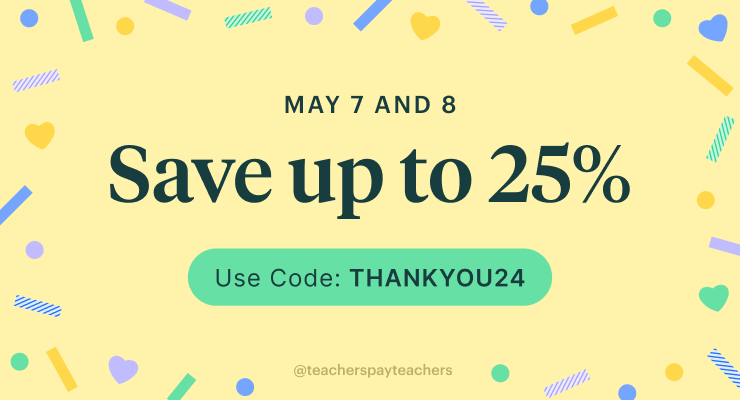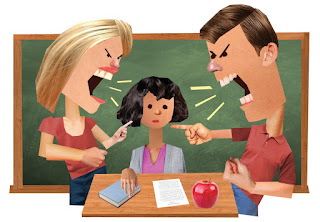What is a 5-E model?
This model describes a teaching sequence that can be used for complete programs,
specific units and individual lessons. These strategies support the constructivist learning cycle,
which helps students create their own understanding of new experiences and ideas.
specific units and individual lessons. These strategies support the constructivist learning cycle,
which helps students create their own understanding of new experiences and ideas.
The 5-E model is a method for structuring a research-based teaching method is based on a
model developed by the Biological Sciences Curriculum Study (BSCS). This model employs 5Es:
engage, explore, explain, elaborate and evaluate, and is based on a constructivist philosophy of
learning.
model developed by the Biological Sciences Curriculum Study (BSCS). This model employs 5Es:
engage, explore, explain, elaborate and evaluate, and is based on a constructivist philosophy of
learning.
In this learning philosophy, students build or develop their own understanding of new ideas based
on what they already know. Each E represents part of a sequential instruction process or learning
cycle designed to help students build their own learning experiences and the final understanding
of the topic or concept.
on what they already know. Each E represents part of a sequential instruction process or learning
cycle designed to help students build their own learning experiences and the final understanding
of the topic or concept.
The 5 E model represent the five stages of the teaching and learning sequence:
- Engage,
- Explore,
- Explain,
- Elaborate
- and Evaluate.
ENGAGE
- Engage-Achieve student interest and have them personally participate in the lesson,
- During this stage, students are presented with an educational task.
- They make connections between past and present learning experiences, and think about
- The 5 E model activities are designed for students to participate through activities and
- Teachers:
- At this stage, teachers present a topic or concept with a question or demonstration
- fascinating, intriguing and challenging designed to capture student interest, curiosity,
- At this stage, teachers do not seek a "Correct Answer"; Instead, they encourage
discuss what else students would like to know.
EXPLORE
- Exploration makes students get involved with the topic so that they can develop their
- Exploration experiences provide students with activities that help them identify and improve
- Students have practical fun in laboratory activities that help them use their prior knowledge
research.
- The teacher acts as a moderator, delivering materials and guiding the students.
- Teachers:
- During the exploration, students perform various activities to solve problems or
concepts related, often within groups or teams.
- During this stage, students share experiences common, while the teacher acts as a
EXPLAIN
- This stage provides students with the opportunity to communicate what they have learned
- At this stage, students begin to communicate what they have learned by demonstrating their
- Students share ideas with each other and with their teacher, who provides an explanation of
- These segments present vocabulary in context and correct or redirect the wrong concepts.
- Teachers:
- At this stage, teachers help students observe patterns, analyze results, and/or draw
- Teachers also define vocabulary that is relevant.
ELABORATE
- This stage allows students to use their new knowledge and continue to develop a deeper
- During the elaboration, the students expand the concepts they have learned, make
through additional activities.
- Teachers:
- Teachers challenge and expand knowledge and students' conceptual skills.
- At this stage, the teachers help students make connections based on the concepts
EVALUATION *
- Evaluate how much learning has been achieved.
- The evaluation phase helps students and teachers assess how much learning and
- Students with respect to the achievement of educational objectives.
- Evaluation and assessment can occur at any time during the educational process.
- Teachers:
- In the final stage, teachers evaluate or value the students' understanding of the
- This assessment can be formal or informal, but it must demonstrate a clear





